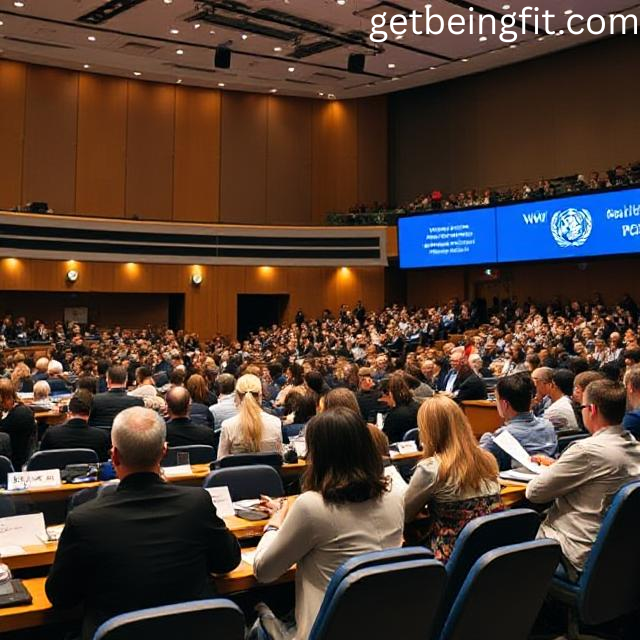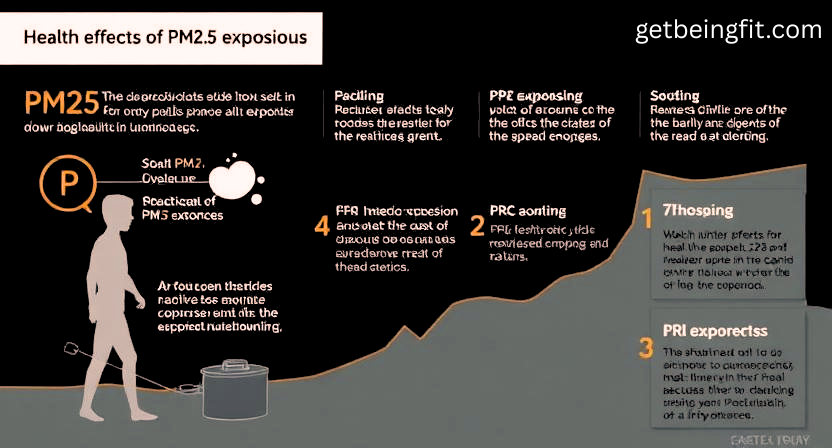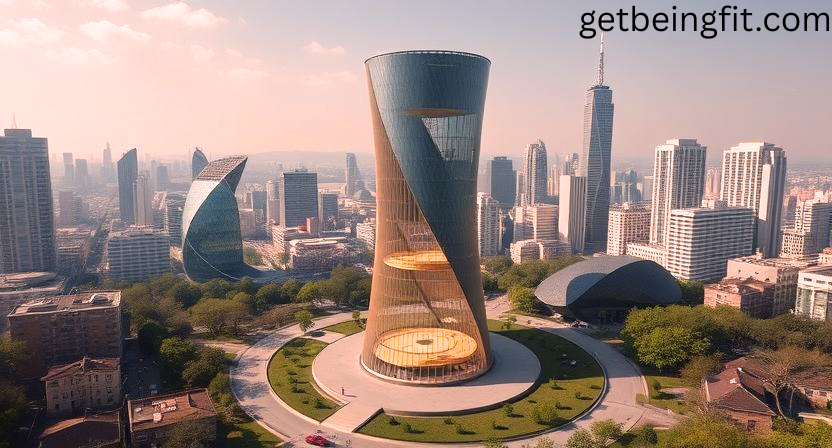At the landmark WHO conference, over 50 countries committed to reducing air pollution health impacts by 50% by 2040. Discover the global action plan, health risks, and policy solutions.
Introduction
In a historic move at the World Health Organization (WHO) Global Air Quality Conference, more than 50 nations pledged to cut air pollution-related deaths by 50% before 2040. This unprecedented commitment targets one of the world’s leading environmental health risks, responsible for 7 million premature deaths annually (WHO, 2024).
With 90% of the global population breathing polluted air, this agreement marks a turning point in public health policy, clean energy transitions, and urban planning reforms. This 3,800-word analysis explores:
✔️ Key pledges from top-polluting nations
✔️ The science behind air pollution’s deadly health effects
✔️ Innovative solutions being implemented worldwide
✔️ How this impacts future climate and health policies
The WHO Air Pollution Accord – What Was Agreed?

The 2040 Target – Breaking Down the Commitments
The “50 by 40” pledge includes:
✅ 50% reduction in PM2.5 and NO2 emissions (major urban pollutants)
✅ Stricter WHO air quality guidelines adoption by 2030
✅ $200 billion pledged for clean energy transitions (EU, US, China)
✅ Real-time air quality monitoring in all major cities by 2035
Top Nations Leading the Charge
“List of countries signing the 2040 air quality pledge”
| Country | Key Pledge | Deadline |
|---|---|---|
| India | Cut crop burning emissions by 70% | 2028 |
| China | Phase out coal heating in 30 cities | 2027 |
| USA | Electric vehicle mandate for 50% of new cars | 2030 |
| EU | Ban on non-Euro 7 standard vehicles | 2035″List of countries signing the 2040 air quality pledge” |
“WHO air pollution agreement 2024 details”
Why Air Pollution is a Silent Global Killer

The Deadly Health Impacts (WHO Data)
- 🫁 Respiratory Diseases: 4.2M deaths/year from lung cancer, COPD
- ❤️ Cardiovascular Damage: 25% increased stroke risk in high-pollution areas
- 🧠 Cognitive Decline: Links to dementia and Alzheimer’s (Harvard Study 2023)
- 🤰 Pregnancy Risks: 20% higher preterm birth rates near highways
Economic Costs of Inaction
- $8.1 trillion annual healthcare burden (World Bank)
- 1.8 billion workdays lost to pollution-related illness
“How does air pollution cause heart disease?”
Economic impact of air pollution in developing countries”
5 Innovative Solutions Emerging from the Conference

1. Green Urban Planning
- “15-Minute Cities” (Paris model) reducing vehicle emissions
- Vertical forests on skyscrapers (Milan’s Bosco Vertical)
2. AI-Powered Pollution Tracking
- Google Aclima mapping street-level air quality
- Smart masks with real-time exposure alerts
3. Revolutionary Filtration Tech
- Delhi’s smog towers (cutting PM2.5 by 50% in 1km radius)
- Nanofiber window screens (removes 95% of particulates)
“Most effective smog reduction technologies”
“AI air quality monitoring systems comparison”
Challenges & Controversies
1. Enforcement Concerns
- Weak penalties for non-compliance in some signatory nations
- Lack of rural monitoring in developing countries
2. Industry Pushback
- Automotive lobbyists fighting Euro 7 standards
- Coal-dependent economies seeking exemptions
How Citizens Can Contribute

Actionable Steps for Cleaner Air
- Use real-time air quality apps (Air Visual, Plume Labs)
- Advocate for green spaces in urban planning meetings
- Choose public transit/WFH options on high-pollution days
“Best apps to check air pollution levels”
“How to reduce indoor air pollution at home”
The Road Ahead – Will 2040 Targets Be Met?
Experts predict:
✔️ 20-30% reduction achievable by 2030 with current policies
⚠️ Full 50% cut requires unprecedented tech adoption
Conclusion – A Breath of Hope
This WHO agreement represents the most coordinated global effort ever against air pollution. While challenges remain, the **health benefits—millions of lives saved, reduced healthcare costs, and cleaner cities—**make this a pivotal moment in environmental health history.
Stay Informed: Bookmark this page for updates on policy implementations and breakthrough clean air tech.

